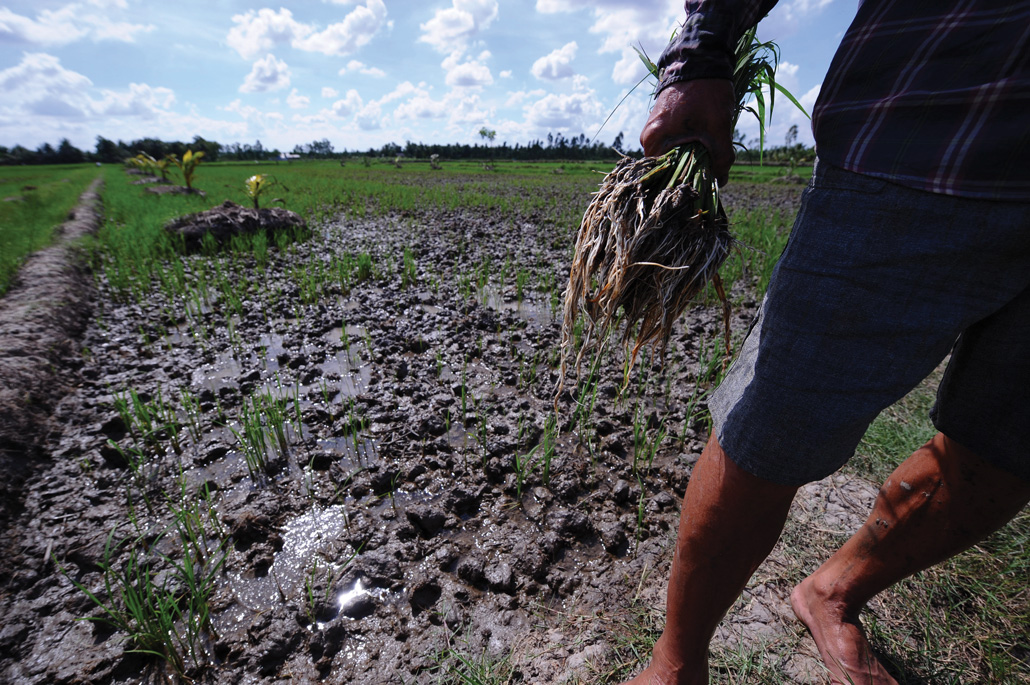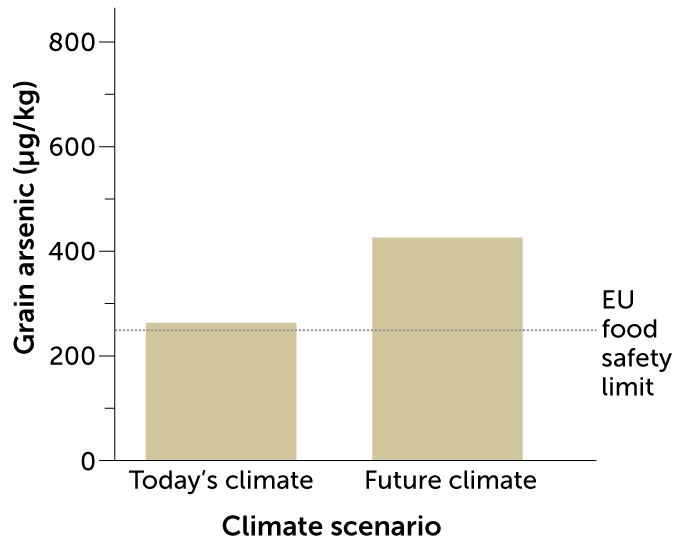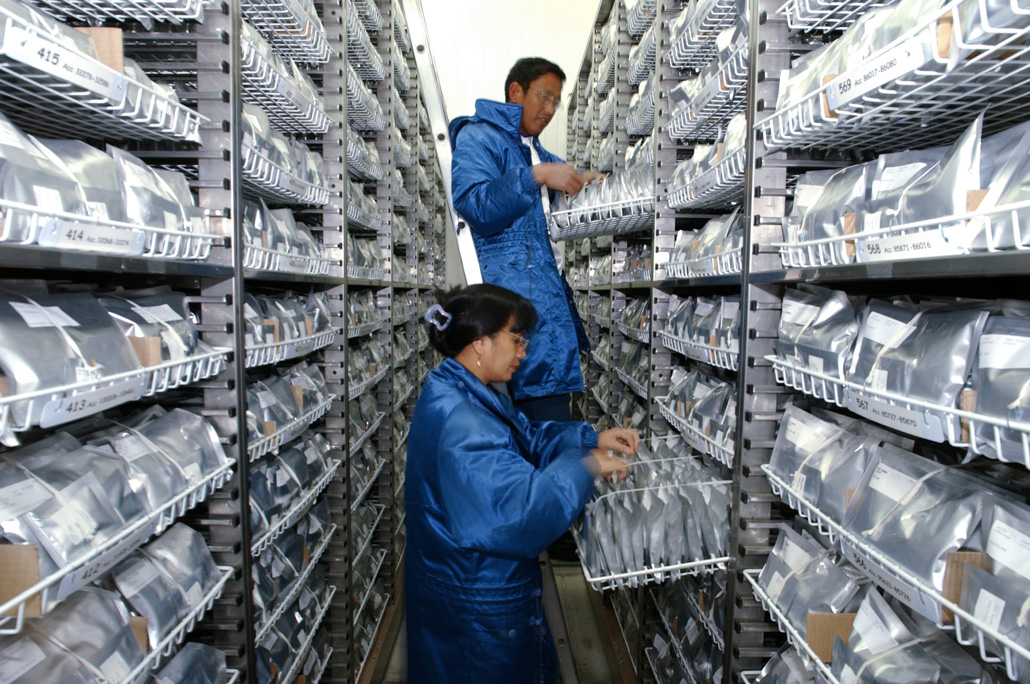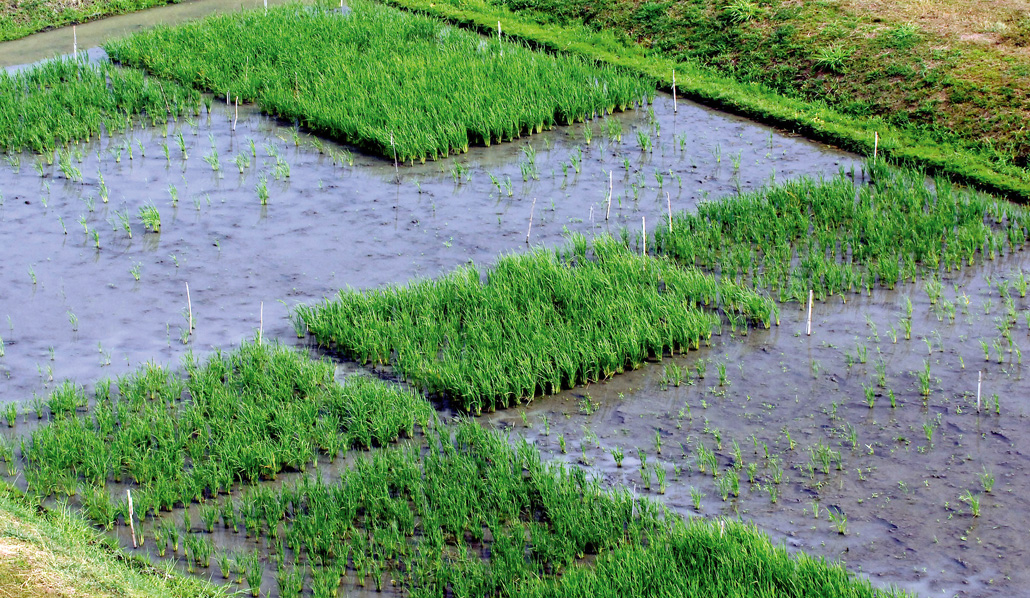Ex-CEO who oversaw doomed nuclear project sentenced
Thu., October 7, 2021

COLUMBIA, S.C. (AP) — A utility executive who repeatedly lied to keep investors pumping money into South Carolina's $9 billion nuclear reactor debacle will spend two years in prison for fraud, a federal judge decided on Thursday.
Former SCANA Corp. CEO Kevin Marsh agreed with prosecutors that he should serve the sentence and the judge approved the deal, making him the first executive put behind bars for misleading the public on the project, which failed without ever generating a watt of power.
Marsh said he wants to serve his time as soon as he can because his wife of 46 years has incurable breast cancer, and he hopes to care for her after leaving prison. The judge agreed to have him report to a federal prison in North Carolina in early December.
U.S. District Judge Mary Geiger Lewis cited Marsh’s remorse and expansive cooperation with federal authorities as she reluctantly accepted the plea deal, which is well below the federal sentencing guidelines of five years. She said the prosecution and defense depiction of the crime Marsh committed is a “vanilla way to describe it,” adding that it understates "the seriousness of this non-disclosure.”
“Your crime was committed with a little more elegance and sophistication than many I see," Geiger told Marsh. "But you don’t get credit for that.”
Assistant U.S. Attorney Brook Andrews said imprisoning Marsh sends a message of public responsibility to powerful executives.
“It is a failure of judgment,” Andrews said. “It is a failure of conscience. It is a failure to tell the truth when telling the truth would bring dire financial consequences.”
A second former SCANA executive and an official at Westinghouse Electric Co., the lead contractor to build two new reactors at the V.C. Summer plant, have also pleaded guilty. A second Westinghouse executive has been indicted and is awaiting trial.
Marsh pleaded guilty in federal court in February to conspiracy to commit wire and mail fraud, and in state court to obtaining property by false pretenses.
Marsh is scheduled for a sentencing hearing in state court Monday. Federal prosecutors said they would agreed to his request to serve his entire sentence on both sets of charges in a federal prison.
The actions by Marsh and other executives took more than $1 billion from the pockets of ratepayers and investors, authorities said in an 87-page Securities and Exchange Commission lawsuit filed against him and a second executive in 2020.
SCANA and its subsidiary, South Carolina Electric & Gas, were destroyed by the debt and poor management and were bought out by Dominion Energy of Virginia in 2019. State-owned utility Santee Cooper, which had a 45% stake in the project, ended up saddled with $4 billion in debt even though SCANA controlled management of the project.
Marsh has already paid $5 million in restitution. SCANA had paid Marsh $5 million in 2017, the year the utility abandoned the hopelessly behind-schedule project.
Reading a statement Thursday, Marsh said he takes responsibility for the project’s failure even though he was misled by Westinghouse, which was building the reactors. “Not a day goes by that I don’t regret these nuclear plants weren’t built for the citizens of South Carolina,” he said.
For sentencing, Marsh’s attorneys also submitted 10 letters from friends, colleagues and church pastors detailing his good acts, such as helping the family of an employee killed on the job get financial and legal help, securing an air conditioner for a women’s home and taking a week out of his busy executive schedule to volunteer for vacation Bible school.
The letters also detailed his relationship with his wife, Sue, whom he married when both were teens. She has terminal and incurable metastatic breast cancer and may not be able to visit her husband in prison because of COVID-19 fears and her weakened condition, defense lawyers said.
Federal regulatory filings have documented the history of the doomed nuclear project begun in 2008. Those filings said Marsh never wavered from saying the two reactors being built at the V.C. Summer site north of Columbia would be finished by the end of 2020 — a deadline that had to be met to receive the $1.4 billion in federal tax credits needed to keep the $10 billion project from overwhelming the utility.
Prosecutors said Marsh lied and presented rosy projections on the progress of the reactors that he knew were false in earning calls, presentations and press releases to keep investors happy and pump up the company’s stock price.
After watching the hearing, environmental activist Tom Clements waited for Marsh outside. He fought the reactors since they were first proposed in 2008, saying they were unnecessary.
“Kevin, why didn't you apologize to the people of South Carolina? You accepted responsibility but you couldn't apologize to us ratepayers,” Clements asked Marsh during his 20-second walk from the courthouse door to a waiting SUV.
Marsh said nothing.
___
Follow Jeffrey Collins on Twitter at https://twitter.com/JSCollinsAP.
Jeffrey Collins, The Associated Press








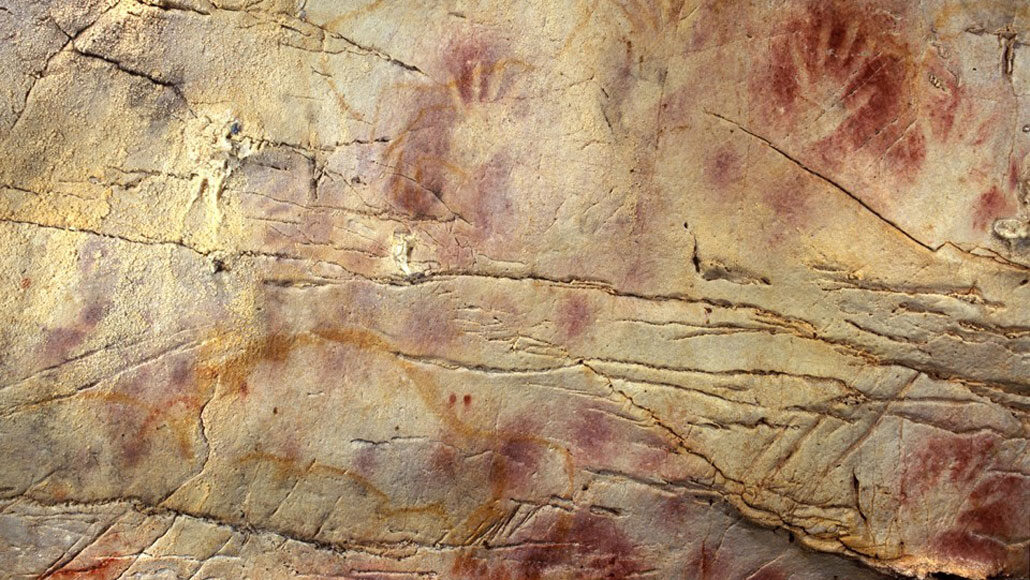
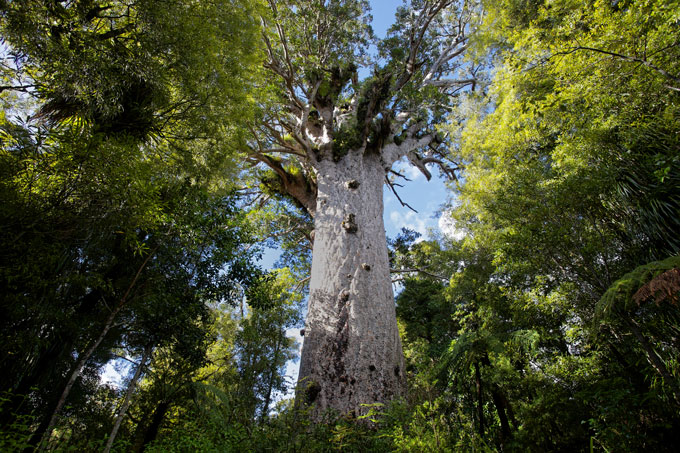

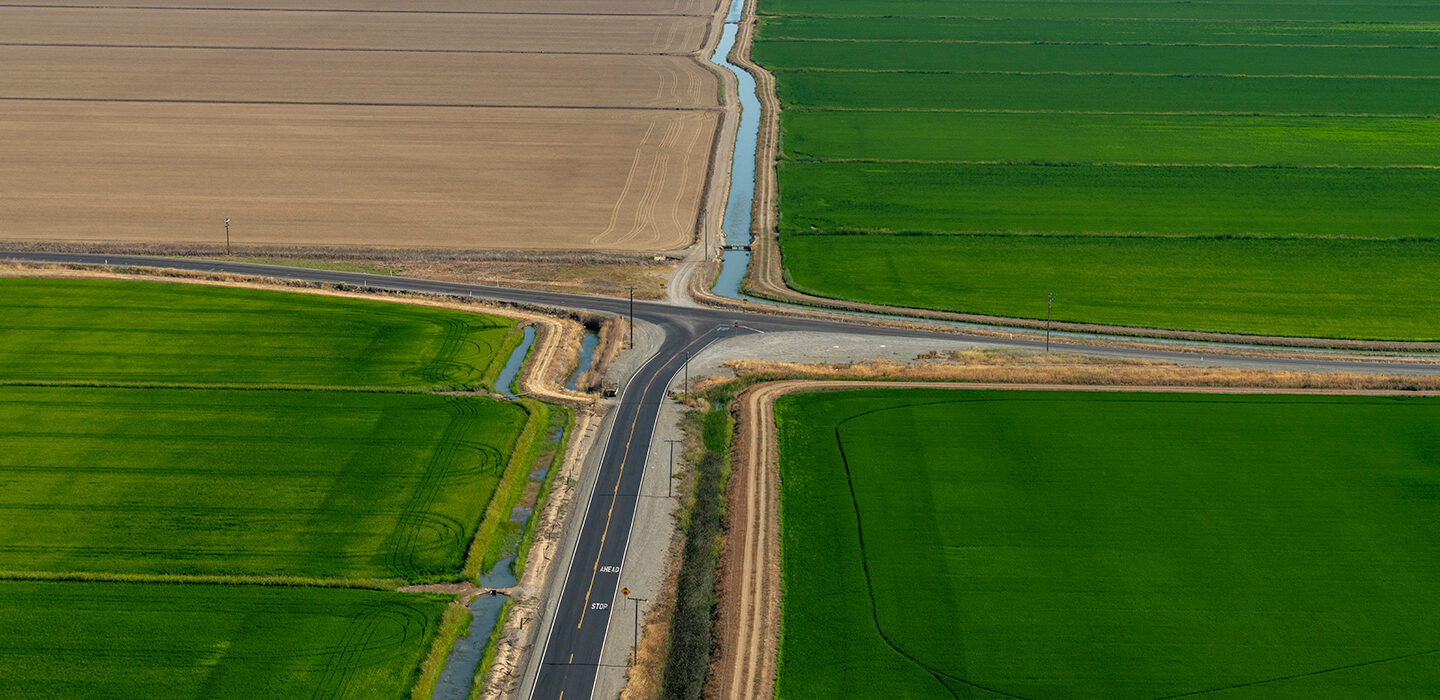
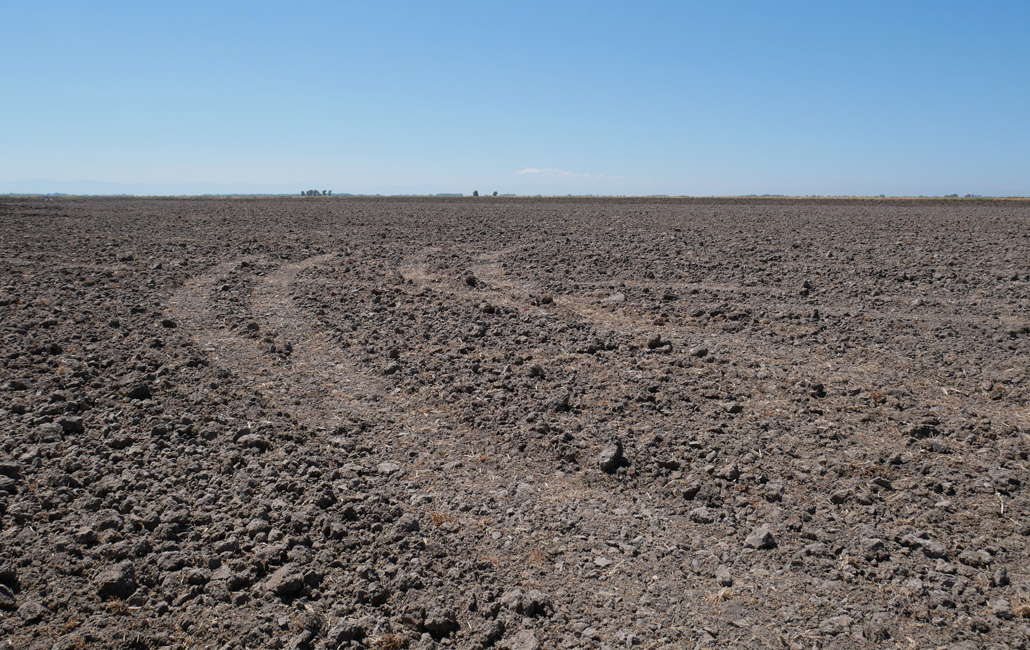
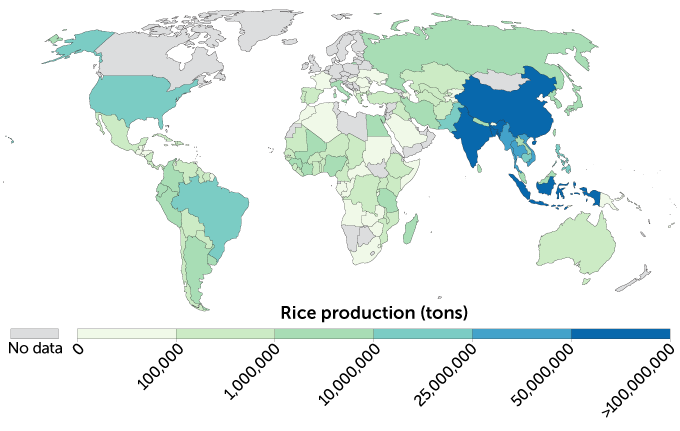 OURWORLDINDATA.ORG
OURWORLDINDATA.ORG